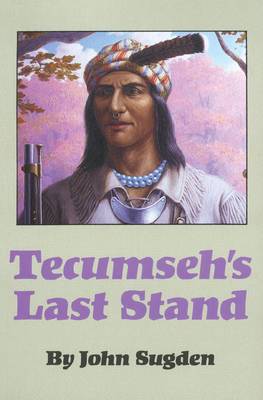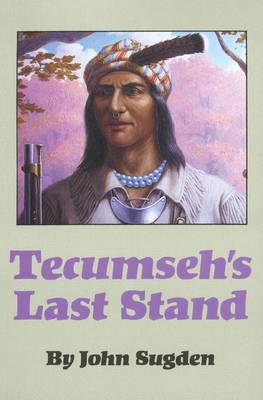
- Afhalen na 1 uur in een winkel met voorraad
- In januari gratis thuislevering in België
- Ruim aanbod met 7 miljoen producten
- Afhalen na 1 uur in een winkel met voorraad
- In januari gratis thuislevering in België
- Ruim aanbod met 7 miljoen producten
Omschrijving
The War of 1812 has been regarded by many historians as a "small naval war" of little importance. Not so to the Native American tribes of the Old Northwest, who joined the British attempt to hold off the expansionist American armies in a desperate effort to retain their tribal lands, promised to them by the British in return for their alliance. The Native American force numbered some sixteen hundred warriors-Shawnees, Winnebagoes, Kickapoos, Potawatomis, Sacs, Ottawas, Muncey Delawares, Ojibwas, and Senecas among them.
In September and October of 1813, a small force of British and Native Americans under General Henry Procter and the Shawnee chief Tecumseh was driven from Amherstburg after the Battle of Lake Erie. The engagement at Moraviantown, on October 5, 1813, was the most decisive American victory won on British soil in this war. The death of Tecumseh, who was killed while valiantly defending the field after the British had fled, cost the British-Indian alliance its most effective leader.
The story of the campaign has never been fully told from the point of view of Native Americans and the British, but innumerable legends have persisted about it, many of them contrasting the courage of the Shawnee chief with the alleged cowardice of Procter. John Sugden searched for surviving records in Britain, Canada, and the United States and found a major source of information in the little-known minutes of General Procter's court-martial.
The author has comprehensively reconstructed the retreat and tackled the major questions: why was Procter compelled to withdraw from Amherstburg after the loss of his squadron on Lake Erie; why and how did Procter and Tecumseh fight at Moraviantown; how was Tecumseh killed; and how did the engagement affect the fortunes of the British, Native Americans, and the Americans in the remaining months of the war.
Specificaties
Betrokkenen
- Auteur(s):
- Uitgeverij:
Inhoud
- Aantal bladzijden:
- 314
- Taal:
- Engels
Eigenschappen
- Productcode (EAN):
- 9780806122427
- Verschijningsdatum:
- 15/03/1990
- Uitvoering:
- Paperback
- Formaat:
- Trade paperback (VS)
- Afmetingen:
- 137 mm x 209 mm
- Gewicht:
- 408 g

Alleen bij Standaard Boekhandel
Beoordelingen
We publiceren alleen reviews die voldoen aan de voorwaarden voor reviews. Bekijk onze voorwaarden voor reviews.









